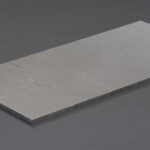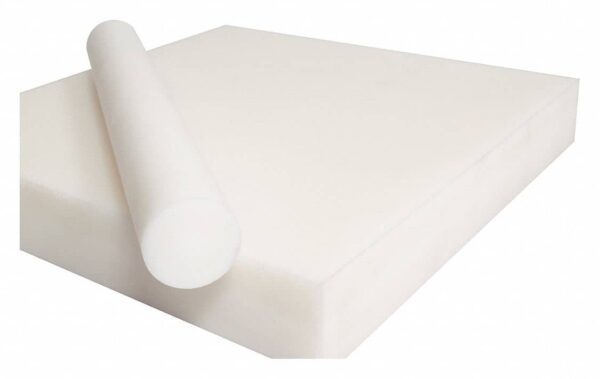
What is PTFE Used For?
December 2, 2024
What are Polycarbonates?
December 2, 2024PA6 (Polyamide 6) and PP (Polypropylene) are two commonly used thermoplastic polymers in various industries. Though they both serve as versatile materials, they differ significantly in their chemical composition, properties, and applications. Understanding the key differences between PA6 and PP helps in selecting the appropriate material for specific uses.
Chemical Structure
PA6, also known as Nylon 6, is a type of polyamide made from a single monomer, caprolactam. This gives PA6 its unique properties such as high strength and toughness. On the other hand, PP is a polymer made from the polymerization of propylene monomers. Its molecular structure gives PP lower density and greater flexibility compared to PA6.

Mechanical Properties
PA6 is known for its excellent mechanical properties, such as high tensile strength, impact resistance, and durability. It also has good wear resistance, making it suitable for high-stress applications. In contrast, PP is generally more flexible and lightweight but has lower tensile strength and wear resistance than PA6. However, PP is more resistant to stress cracking.
Thermal Properties
PA6 has a higher melting point (around 260°C) compared to PP, which melts at about 160°C. This makes PA6 more suitable for high-temperature applications where thermal stability is crucial. PP, being less heat-resistant, is better suited for applications where lower temperatures are involved.
Applications
PA6 is widely used in automotive parts, textiles, industrial applications, and consumer goods that require high strength and resistance to wear. PP, with its chemical resistance, is commonly used in packaging, medical devices, household items, and pipes.






